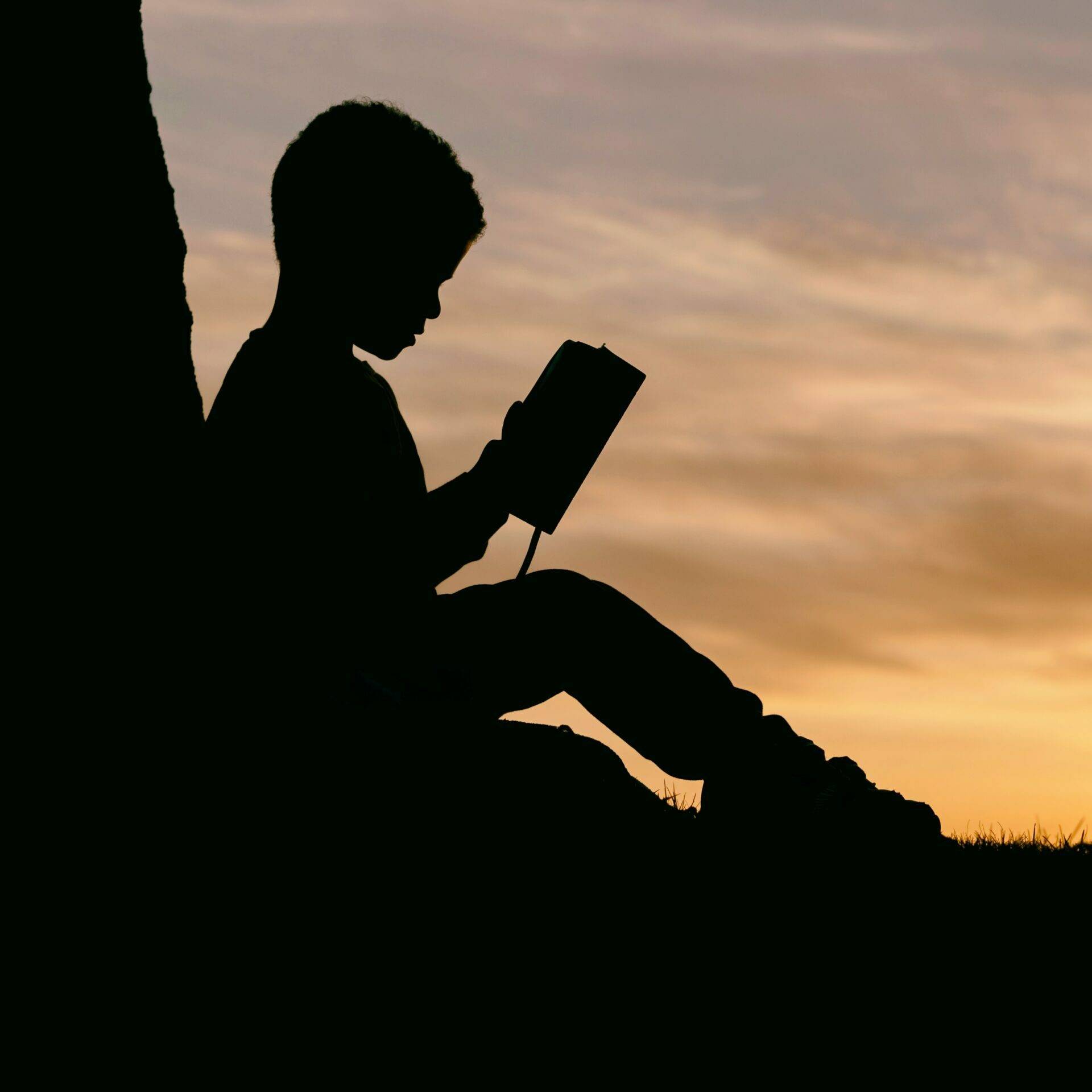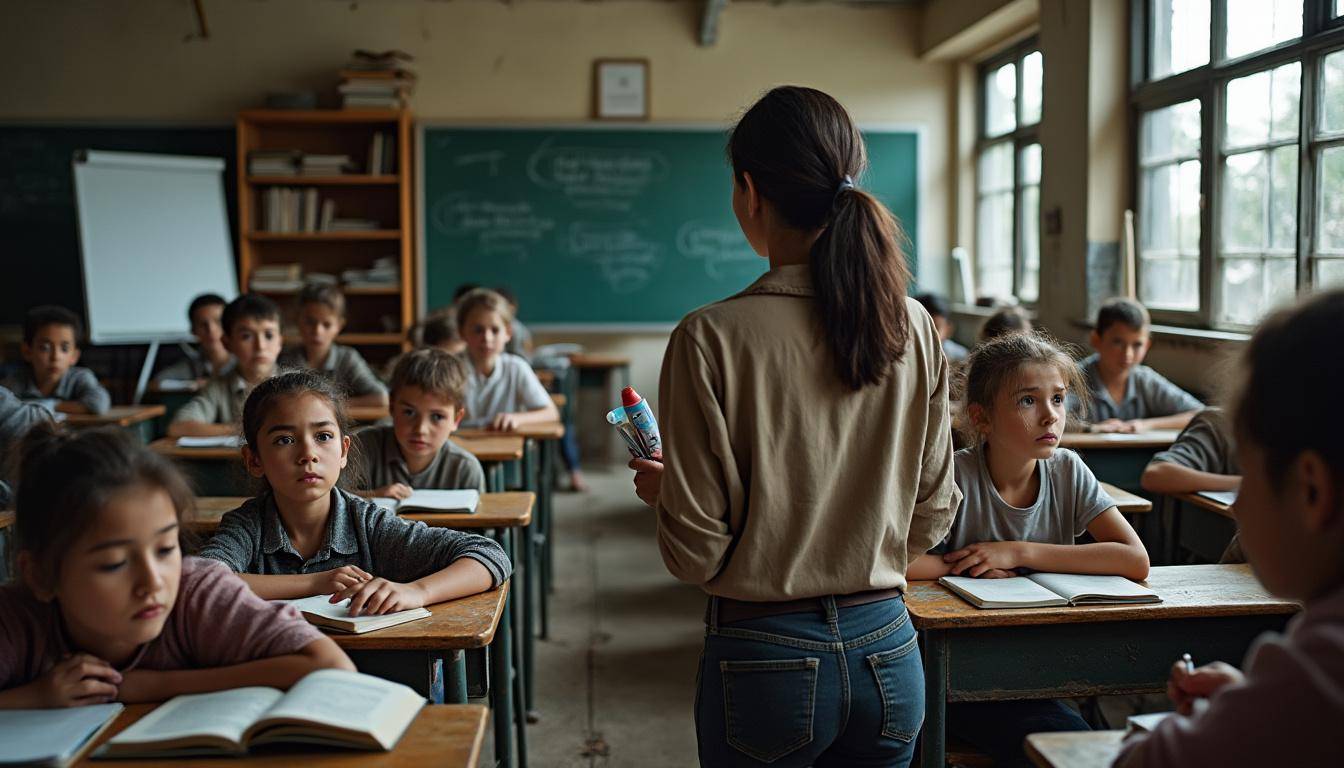The passage of the “One Big Beautiful Bill Act” marks a controversial turning point in the funding and support for children’s programs across the United States. While the legislation promises substantial tax relief for wealthy individuals and large corporations, it simultaneously imposes deep cuts on vital services for children and families living in poverty. This article delves into how these budget shifts threaten the future of crucial initiatives led by groups such as Save the Children, UNICEF, and the Kids in Need Foundation, potentially destabilizing the educational and developmental support systems that many young Americans rely on daily.
How the One Big Beautiful Bill Act Undermines Children’s Support Programs
The One Big Beautiful Bill Act drastically reduces funding for essential programs designed to uplift children from vulnerable backgrounds. These cuts impact a range of services including health care, nutrition, and educational assistance. Key organizations such as the Children’s Defense Fund and the National Head Start Association, which have historically provided lifelines to millions of children, face unprecedented challenges in operating their programs effectively.
- Reduction in Medicaid funding: More than 11 million children risk losing access to essential healthcare services.
- Cuts to Supplemental Nutrition Assistance Program (SNAP): This jeopardizes the food security of countless low-income families.
- Scaling back educational initiatives: Programs by First Book and Reach Out and Read that provide learning materials and early literacy support may see funding decline.
- Limiting childcare and early development support: Critical early intervention services offered by ChildFund International and the National Head Start Association are at risk.
These cutbacks threaten to widen existing educational and health disparities, especially among marginalized communities. For families already struggling in the aftermath of economic hardships, the bill’s implications are profoundly damaging.
The cascading effects on education and child development
Support programs such as Boys & Girls Clubs of America and the Starlight Children’s Foundation rely heavily on federal and state grants to deliver afterschool programs, mentorship, and health-related activities. The One Big Beautiful Bill Act’s funding rollback means fewer opportunities for children to engage in enriching environments critical to their academic and social growth.
- Reduced access to extracurricular and support services: Children may lose access to safe spaces for growth outside school hours.
- Impact on parental involvement: Strained resources can reduce programs designed to help parents support their children’s academic journey, as highlighted by research on parenting strategies and academic achievement.
- Long-term socio-economic consequences: Early educational setbacks can translate into diminished adult employment prospects, creating cycles of disadvantage.
Experts emphasize the importance of aligning policy decisions with evidence-based educational strategies to prevent a generational setback in child development. Understanding how to foster effective parental expectations and involvement is crucial, especially in light of diminished institutional support.
Critical Role of National and International Child Advocacy Organizations Amidst the Cuts
Organizations like Save the Children and UNICEF are at the forefront of mitigating the negative impact of the bill’s sweeping cuts. Their efforts to provide immediate relief and sustained developmental programs become even more vital. Here’s a closer look at their role:
- Filling gaps in healthcare and nutrition: Emergency support and outreach programs work to counter Medicaid and SNAP reductions.
- Supporting educational continuity: Providing digital learning tools and resources to children in underfunded schools.
- Advocacy and policy influence: These organizations lobby for reinvestment in children’s programs and highlight the human cost of budget decisions.
- Community-based engagement: Partnering with local groups to reach children not served by traditional programs due to funding cuts.
Although these organizations provide critical support, their success depends heavily on public awareness and increased public pressure for policy adjustments to reverse or soften budgetary impacts.
How educators and parents can adapt and advocate
In the face of these challenges, educators and parents must proactively find new pathways to support children’s academic and emotional well-being. Integrating adaptive teaching strategies and community-based partnerships can help buffer some of the bill’s negative effects.
- Leveraging alternative educational resources: Utilizing free online courses and toolkits that align with core curricula.
- Building local alliances: Collaborating with Boys & Girls Clubs of America and local chapters of Reach Out and Read to maintain access to enrichment programs.
- Advocating for policy change: Engaging with lawmakers to highlight the adverse impacts on children and lobby for protective measures.
- Enhancing parental involvement: Implementing effective parenting strategies that encourage academic success despite external challenges, as discussed in detailed resources on parenting’s effect on student success.
Strong parental expectations and involvement significantly influence a child’s educational trajectory, making it vital to promote these even more when institutional resources fall short.
Long-term outlook: What happens if children’s programs continue to be underfunded?
The consequences of sustained underfunding stretch beyond immediate hardships. The Children’s Defense Fund warns of increased dropout rates, rising childhood poverty, and exacerbated health disparities.
- Diminished academic achievement: More children risk falling behind without adequate support.
- Widening equity gaps: Children from impoverished backgrounds disproportionately bear the brunt of cuts.
- Reduced workforce preparedness: Future generations may lack critical skills needed for a competitive economy.
- Increased social costs: Long-term economic burdens due to higher healthcare and social welfare needs.
Understanding how to navigate these challenges includes ongoing education for parents on improving job search techniques and balancing family priorities, ensuring that families remain resilient despite systemic obstacles.


